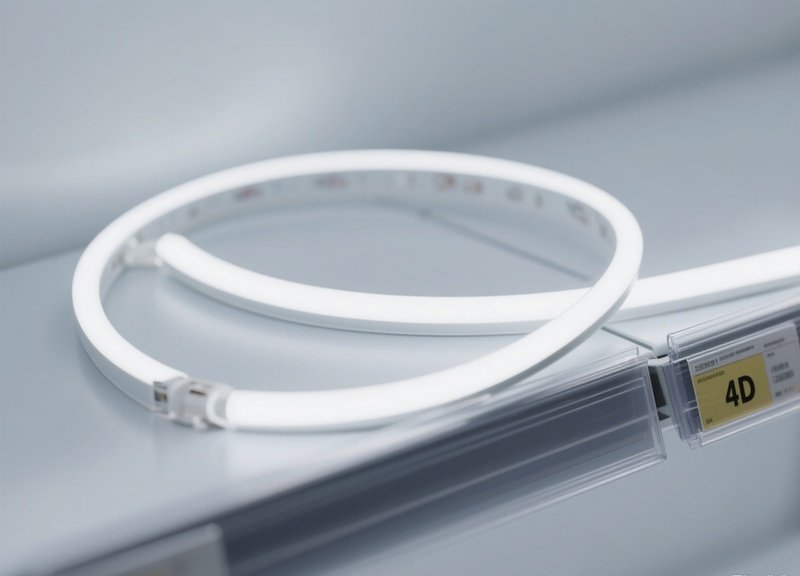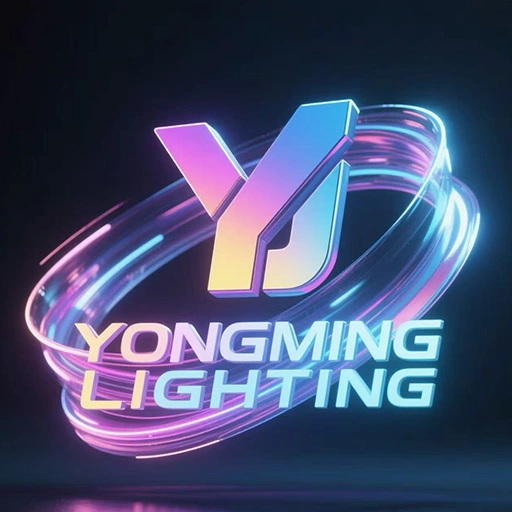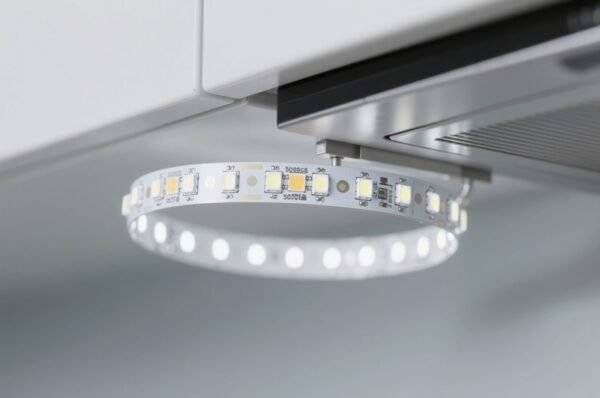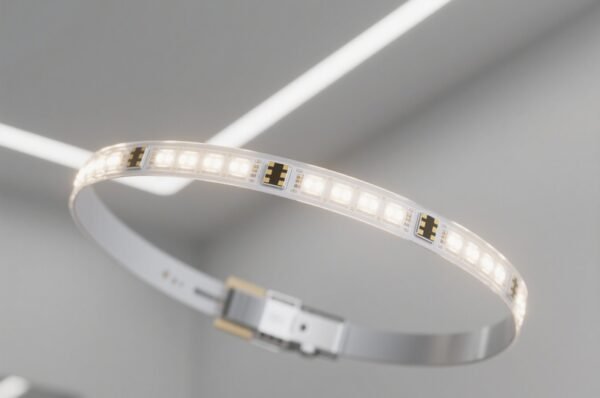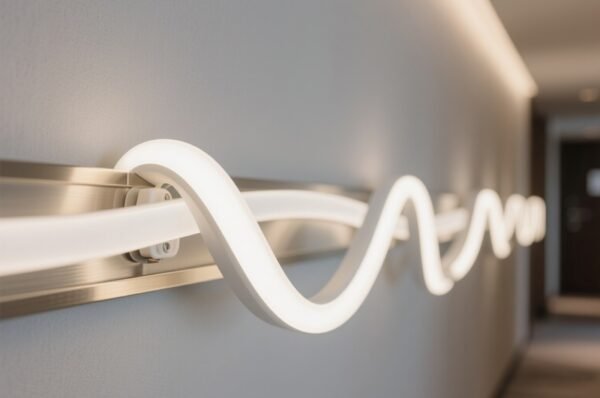The light strip industry is witnessing a remarkable shift towards green development, driven by growing environmental concerns and the increasing demand for sustainable products. This trend is not only a response to global environmental protection requirements but also an opportunity for the industry to innovate and develop. One of the key aspects of green development in the light strip industry is the use of environmentally friendly materials. Manufacturers are gradually replacing traditional materials that may have negative environmental impacts with sustainable alternatives. For example, materials that are free from harmful substances such as lead, mercury, and cadmium are being widely used. These materials not only meet strict environmental protection standards but also ensure the safety of users, especially in applications where the light strips are in close contact with people.
Energy conservation is another important element of the green development trend. As energy resources become more precious, reducing the energy consumption of light strips is crucial. Through continuous technological innovation, manufacturers are developing more energy-efficient light strip products. New lighting technologies are being applied to improve the luminous efficiency of light strips, enabling them to achieve the same lighting effect with less power consumption. This not only helps users save on electricity bills but also reduces the overall energy demand of the society, contributing to environmental protection.
In addition to material and energy aspects, the green development of the light strip industry also involves the entire product life cycle. From product design, production, use, to recycling, every stage is considered from an environmental perspective. In product design, attention is paid to modular design, which makes it easier to repair and replace components, extending the service life of the products and reducing waste generation. During the production process, measures are taken to reduce waste emissions and energy consumption, such as optimizing production processes and using clean energy. When it comes to product recycling, manufacturers are exploring ways to establish efficient recycling systems to ensure that end-of-life light strips can be properly recycled and reused, minimizing their impact on the environment.
The green development trend in the light strip industry also brings new business opportunities. As consumers’ awareness of environmental protection increases, the demand for green light strip products is on the rise. Companies that can meet these demands and develop high-quality green products will gain a competitive edge in the market. Moreover, the government’s support and promotion of green industries also provide favorable policies and market environments for the development of the green light strip industry. In the future, the green development of the light strip industry will continue to deepen, promoting the industry to move towards a more sustainable and environmentally friendly direction.
Green Development Trends in the Light Strip Industry
